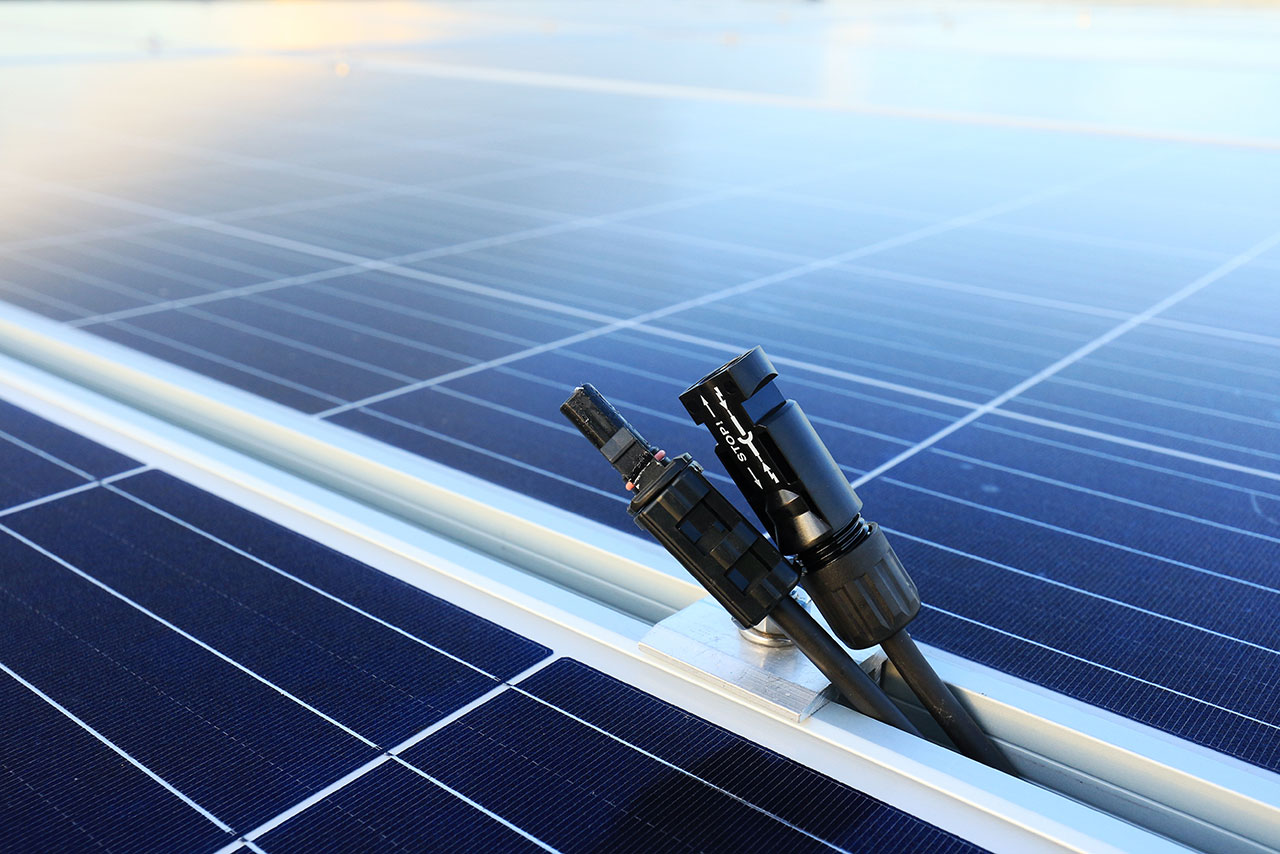In 1839, French experimental physicist, Edmond Becquerel discovered the photovoltaic effect while experimenting with an electrolytic cell. Simply put, the photovoltaic effect is the process of generating electric current from a photovoltaic cell to convert sunlight into electricity.
In his experiment with metal electrodes and electrolytes, Edmond established that the cell’s voltage increased during exposure of silver plates to sunlight. The efficiency of the solar cells was established to be 1% to 2% in 1870. In 1873, Willoughby Smith, an American engineer, discovered the photosensitive selenium properties.
In 1883, Charles Fritts created the first silicon and gold cell. The Photovoltaic Effects was first used in 1954 in industrial applications for Bell Laboratories with 4% converting efficiency. In 1955, researchers from this company developed another photovoltaic cell with a converting efficiency of 6%.
Hoffman Electronics made a solar cell with an efficiency of 8% and the efficiency increased to 9% in 1958. The efficiency of solar cells increased significantly throughout the years and the PV effect was used to create new models of solar generation.
The Photovoltaic Effect Process
Generally, the photovoltaic effect takes place in solar cells with two different types of semiconductors, the p-type and n-type. The n-type is negatively charged and it contains A lot of electrons. On the other hand, the p-type is positively charged and it contains a lot of holes.
These two semiconductors are joined together to form a p-n junction, where an electric field is created. Through this junction, the electrons move from the n-type to the p-type while the excess holes in the p-type move to the n-type.
This flow of electrons and holes creates an electric field at the surface. As a result of this field, positively charged particles move in one direction while negatively charged particles move in the other direction.
Light comprises photons, which are tiny particles of electromagnetic energy or radiation. When absorbed by a photovoltaic cell, which is composed of solar cells, the photon energy is transferred to the electrons of the atoms with semiconductor material like platinum and silicon in the p-n junction.

Following this energy transfer, the electrons move to a conduction band, which is a higher energy state. Only photons with higher energy than the energy gap are used. This movement causes a hole in the valence band and creates an electron-hole pair.
When there is sufficient energy, the valence electrons are transferred to the normal positions of the semiconductor material’s atoms where they form part of the electric current. This occurs via an external electric current that is linked to the PV cell terminals.
However, this may not be the case in the unexcited state since the electrons form a bond with the surrounding atoms. By holding the semi-conducting material together, movement is hindered.
As aforementioned, this field causes a movement of the particles throughout the material. The holes are freely transferred to the positive direction while the electrons are transferred to the negative direction. Consequently, this motion facilitates an electric current in the cell.
An advantage of the PV system is that it operates with zero carbon-dioxide emissions. It converts electromagnetic radiation into electrical energy directly, without any chemical or mechanical reactions. Hence, it is safe for the environment and the entire ecosystem.
The number of silicon PV cells installed continues to grow steadily as more and more people find the need for solar energy. Besides, researchers have been on the quest to develop second-generation technology and this has seen the development of PV cell types like thin-film amorphous (a-Si), Copper Indium Gallium Selenide (CIGS), and Cadmium Telluride (CdTe).
Third-generation PV technology has also been developed in hybrid semiconductors and processable organic. PV cells built with this technology are taken through a high cost-effective throughput solution. These cells, therefore, have a high conversion efficiency than their predecessors.

